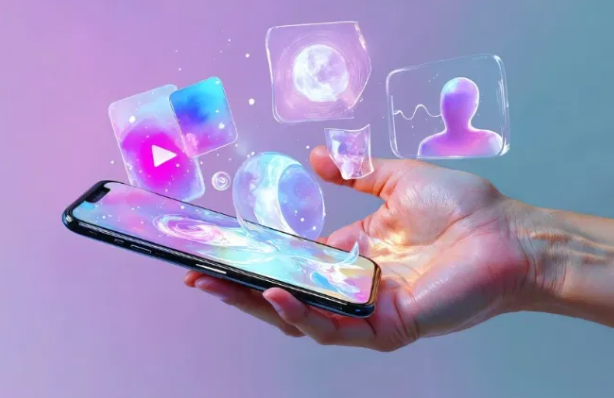Multichannel Outreach in 2025: What’s Working Now in Lead Generation
Today’s outreach environment is shaped by the major B2B outreach trends 2025, from buyer fatigue with generic messaging to stricter compliance rules. Buyers are increasingly fatigued by generic outreach, making personalization a necessity. Compliance rules, such as GDPR and CCPA, as well as new data privacy laws, continue to evolve, prompting teams to tighten their practices.
That’s why multichannel outreach has become the backbone of modern lead generation. Using several touchpoints in sync not only boosts response rates but also builds familiarity and trust. Done correctly, it creates a predictable and scalable flow of qualified opportunities.
The State of Multichannel Outreach in 2025
Among the most visible B2B outreach trends 2025, the winning channels are a mix of classics and new entries: email and LinkedIn remain strong, but cold calling has seen a quiet resurgence when paired with substantial research. Offline and online events remain powerful for high-value connections. At the same time, platforms like WhatsApp and Slack communities are becoming serious contenders for outreach, especially in industries with active digital networks.
The real edge comes from showing up where buyers already spend their time. When teams spread efforts across multiple channels, they reduce dependence on a single tactic and create a smoother path for conversations to turn into meetings. Want to dive deeper? Discover the best multichannel lead gen tactics for 2025 and see how top teams are applying them to boost their pipeline.
Core Channels That Still Deliver
The strongest outreach strategies in 2025 reflect the leading B2B outreach trends 2025, built on channels that have consistently proven their effectiveness. Here’s what’s driving results right now.
Email Outreach
Email is far from dead. With deliverability tactics like domain warming, smart sequencing, and intent-based segmentation, it’s hitting inboxes reliably again. AI personalization has taken it to the next level: dynamic fields go beyond just names and company titles to reference specific pain points or industry shifts, making emails harder to ignore.
LinkedIn & Social Selling
LinkedIn remains the anchor for B2B social outreach. Posting relevant thought leadership content helps build trust before any message is sent. Direct outreach is most effective when it ties into an existing interaction, such as engaging with someone’s post, commenting thoughtfully, or using likes and shares as natural entry points for a conversation.
Cold Calling in 2025
Inboxes are noisy, and a quick, direct call can still cut through the noise. The difference is in the approach: shorter, focused calls that highlight one specific value point tend to earn attention. Scripts are out; authenticity and relevance are in.
Events & Communities
Both in-person and virtual events are thriving again, especially for high-value accounts. Industry-specific communities on Slack, Discord, or niche forums have also become goldmines for outreach. The real magic happens after the event: timely follow-ups tied to a conversation or shared session can turn casual chats into booked meetings.
Best Practices for Multichannel Sequences
The power of multichannel outreach stems from the way the channels are layered together. A typical flow starts with an email, followed by a LinkedIn connection request and a short message.
Cadence timing is critical. Spacing out touchpoints a few days apart helps avoid overwhelming prospects while maintaining momentum. Persistence is most effective when combined with respect for the buyer’s time and attention.
Personalization makes or breaks sequences, and according to leading B2B outreach trends 2025, role-based messaging combined with industry-level insights is the new standard for engagement.
Metrics That Matter in 2025
In 2025, the value of multichannel outreach is measured by impact on revenue, not vanity stats. Here’s what leading teams track:
- Meetings booked – the most direct sign that outreach efforts are working.
- Pipeline contribution – how much qualified pipeline is being influenced or created.
- Sales velocity – speed at which prospects move from first touch to closed deal.
Tracking across multiple channels comes with challenges:
- Attribution complexity – prospects may see an ad, engage on LinkedIn, and only later reply to an email.
- Multi-touch attribution models provide a clearer picture of the buyer's journey.
- CRM + automation data – ensures every touchpoint is captured for accurate reporting.
ROI benchmarks now focus on full campaigns instead of single channels:
- Sequence-level ROI – measuring the return of an entire outreach flow.
- Revenue-driven metrics – keeping the spotlight on scalable growth and measurable outcomes.
Conclusion
Multichannel outreach in 2025 is effective because it aligns with the dominant B2B outreach trends 2025 — blending proven channels with smarter sequencing, stronger personalization, and ROI-driven reporting. The winning formula is meeting prospects where they already spend time and maintaining consistent outreach across all touchpoints.
